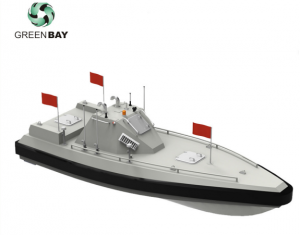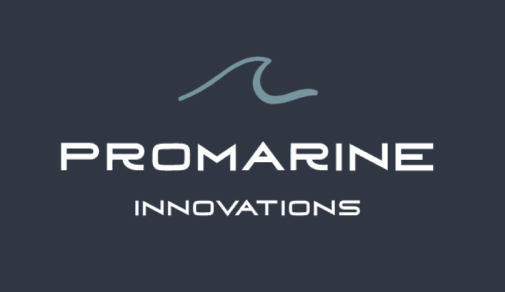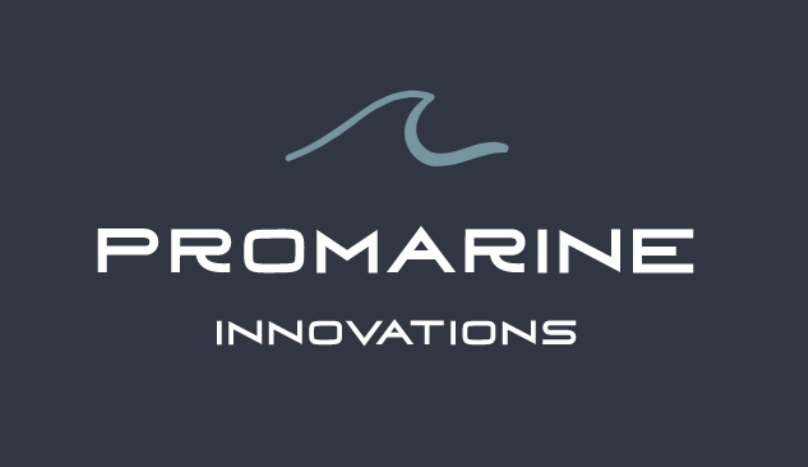Unmanned U.S.V for science research
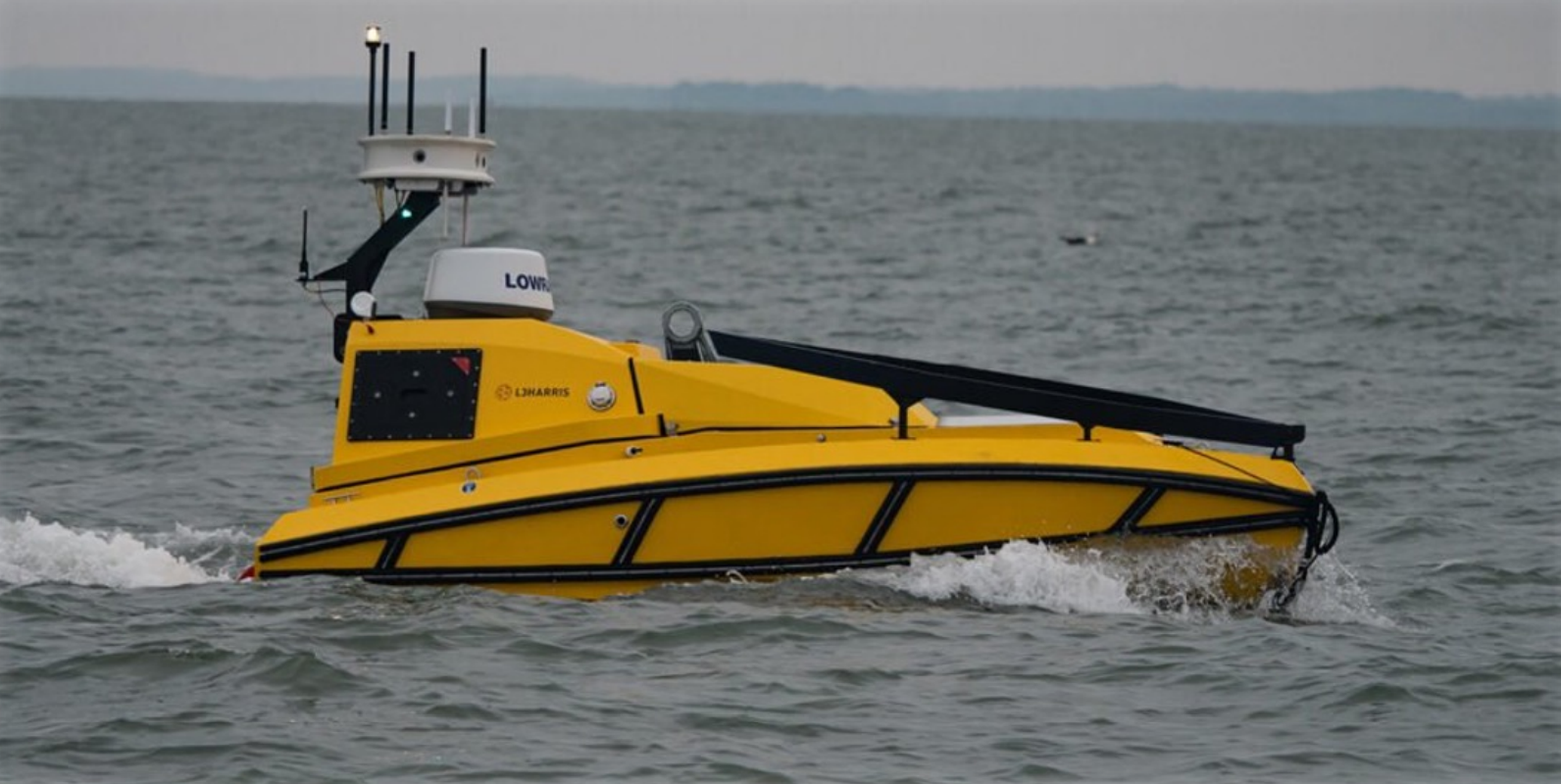
The USV is a high reliable multipurpose naval platform. Based on a sea proven hull shape it is designed for very demanding operations in various sea state conditions. The performances of its electronics and its navigation accuracy make it compliant with manned, remote controlled and fully autonomous coastal and open sea maritime missions. For commercial these include, Oil and Gas Exploration and Construction, Oceanographic Data Collection, Hydrographic, Oceanographic and Environmental Surveys. L3 ASV also provides a broad range of technical services relating to autonomous marine vehicles, from concept design through to production and training. The company has a full complement of highly experienced staff as well as links with leading universities and manufacturing facilities.
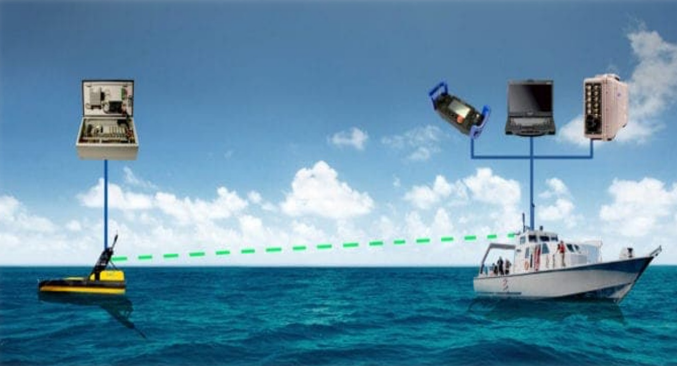
An autonomous control system with sophisticated station-keeping algorithms allows the C-Stat to maintain position, with programmable drift parameters. The buoy is powered by a hybrid diesel electric system, and can travel for up to 5 days with a top speed of 3.7 knots.
C-Stat Station Keeping Buoy
The C-Stat mobile buoy system is a station keeping vessel for applications where anchoring may be difficult or the cost or practicalities of operating a manned vessel for continuous periods of time are prohibitive. It is ideal for asset positioning, surface to underwater communications, and data collection.
Robust, Stable and Operable by Sea State 5
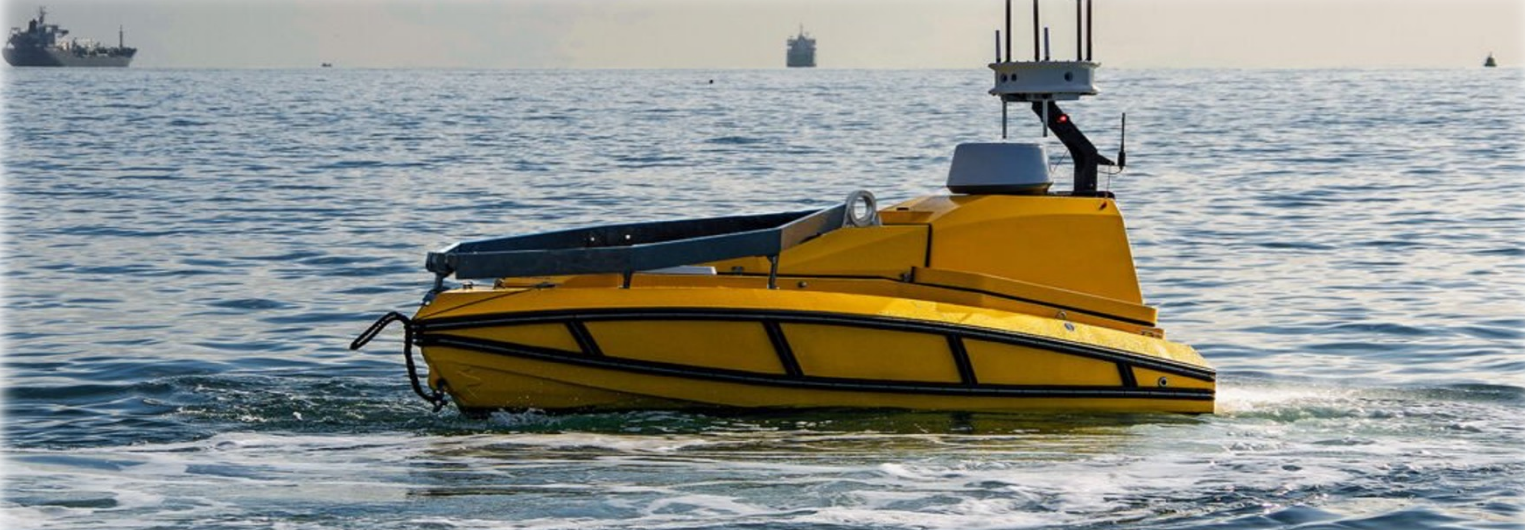
The USV is equipped with a “Sea Proven” anti-roll system which reduces roll by 40%. Thanks to this mechanism, the USV is operational up to Sea State 5 andensures the launching and recovery of the drones by high sea states (up to Sea State 4).
Their monolithic composite material structure is particularly robust and approved by Bureau Veritas for all-weather sailing.
The USV design also takes into account the constraints and interfaces for its
integration on the mother ship of the Belgian-Dutch solution which was designed to store, maintain, launch, retrieve and operate two USVs by high sea states (Sea State 5).
The fully integrated computer-controlled propulsion system is designed for long range unmanned hydrography and subsea mapping missions.
The system is designed to provide up to six days on station at survey speeds and up to 10 hours between automatic battery recharges from the onboard generator. The recharging cycles are fully automatic under computer control.
“Our power requirements for this USV were very specific,” Mike Spanopoulos CEO and founder of ProMarine Innovations, said in a prepared statement. “The vessel required extended endurance on station as well as a quiet operating mode while performing acoustic research operations.”
The USV can operate under remote control by an operator ashore or semi-autonomously to implement a mission plan. All on-board systems are monitored with data connections to the remote base station. The operator can control all interfaces, view video feeds or put the ASV into automatic waypoint navigation mode, in which throttle and steering are under full computer control. The boat’s helm station can be optionally manned for operation in congested waterways and ramp operations when required.
BENEFITS
•High endurance & stability at sea
•Operations in high sea state conditions
•Autonomous, remoted and onboard steering modes
•Redounded propulsion and safety
•Multiple payload combination
•High towing capability
•Real time data transmission
•Fully non magnetic design
•The USV platform is equipped with foamed compartments, which makes it unsinkable and therefore more resistant in case of mine explosions or perils of the sea.
Applications
•Rapid Environment assessment
•Asset positioning
•Surface to underwater communications, and data collection
